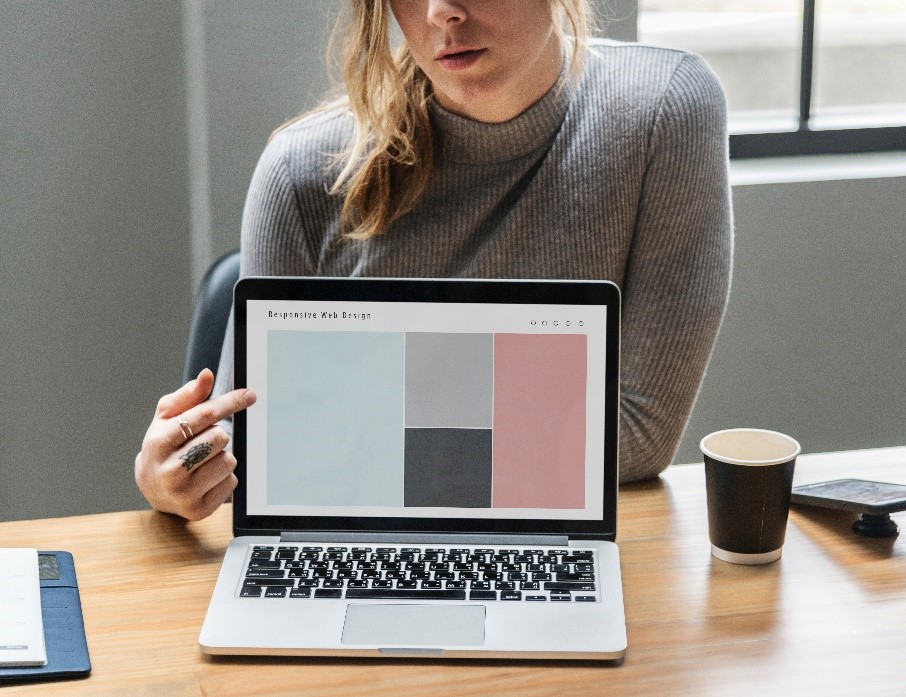An Introspective Look at WCET’s Own Accessibility Practices, Part II
Published by: WCET | 8/5/2019
Tags: Accessibility, Digital Learning, Disabilities, Distance Education, Managing Digital Learning, Online Learning, Technology, WCET
Published by: WCET | 8/5/2019
Tags: Accessibility, Digital Learning, Disabilities, Distance Education, Managing Digital Learning, Online Learning, Technology, WCET
Last week, I began to explain what WCET is doing – and potential areas of improvement – about web accessibility, based on different disabilities and barriers that people with those disabilities may encounter as described by The World Wide Web Consortium (W3C). 
Check out my first post for background information on what led me to write about this topic, and my explanation of auditory disabilities as well as cognitive, learning, and neurological disabilities. Stay tuned here for my overview of how we manage to keep our content accessible for users with physical disabilities, speaking disabilities, and visual disabilities.
According to W3C, the following bulleted items are possible barriers that someone with a physical disability might encounter:
 Of all types of disabilities and types of accessibility required to prevent barriers, I have the most difficulty reflecting on the meaning and needs of physical disabilities. The reason for this is because many of the solutions to the barriers listed above are ones that involve greater technical web development than what I normally work with or understand. However, the fact that I struggle with this topic shows the importance of soliciting help from others outside of the organization including people with more technical knowledge and users who have experience with disabilities and can explain what works and what doesn’t work.
Of all types of disabilities and types of accessibility required to prevent barriers, I have the most difficulty reflecting on the meaning and needs of physical disabilities. The reason for this is because many of the solutions to the barriers listed above are ones that involve greater technical web development than what I normally work with or understand. However, the fact that I struggle with this topic shows the importance of soliciting help from others outside of the organization including people with more technical knowledge and users who have experience with disabilities and can explain what works and what doesn’t work.
Based on my research, I believe that most content on our websites can be accessed with a keyboard. We do not have time limits on any tasks. We always use alt text. We have simple menu structures. However, one glaring issue on the primary WCET website, which was called to my attention recently, is that our menus only function with a hover-over feature when using the desktop version of the site. The mobile version uses multiple clicks to access the menu. This issue on the desktop version could make it very difficult or even impossible for a user with limited hand mobility or a user using a screen reader to access our content. This is my number one focus at this moment for finding ways to increase the accessibility of our site, as it is unacceptable for it to function this way.
According to W3C, the following bulleted items are possible barriers that someone with a speech disability might encounter:
Thankfully, neither of these possible barriers are an issue on any WCET sites because while we give users the option to call us, we rely much more heavily on email and text-based information.
According to W3C, the following bulleted items are possible barriers that someone with a visual disability might encounter:
This final category is another area that I have already been concentrating accessibility efforts on, so I’m feeling more comfortable that we have successfully prevented barriers for this topic. We use descriptive alt text. We ensure that text used on images has a high color contrast (and that it also has alt text).
The majority of our content is available inside web pages, making it accessible to screen readers, unlike PDFs, which are often less accessible to screen readers. We do have some documents that are still exclusively in PDF and we are still changing into web pages. I have also had some difficulty with this item as I recognize that it would be better to have our content in just a webpage alone, not a webpage in addition to a PDF because problems could arise when keeping the same content updated in multiple places at once. At the same time, I recognize that our websites do not allow for any kind of easy “print screen” option, and it seems important to give users the possibility of printing a copy of our content as well. For the time being, we do have a web page version and a PDF version of a lot of our documents until I figure out a long-term solution.
Although it is not explicitly addressed in this bulleted list, there is one other visual accessibility issue with our website that came to my attention recently, which I have not yet addressed: on the primary WCET website, we use blue headlines. I learned recently that blue headlines are inaccessible because when people see blue, they think hyperlink, and it is misleading to have headlines appear this way if they are not links.
Like so many other websites across the Internet, our web accessibility is constantly a work in progress. We do have issues that we know about that we are currently trying to address. And in this review, I even became aware of a few new issues that I had not previously realized. It is necessary for us all to be introspective about what we can do better to make sure that we provide content for as many people as possible.
At WCET, we want to be open and accessible to anyone interested in being involved with our cooperative. Similarly, I think that many of you want to be as open and accessible as possible for anyone interested in learning from your institution or organization.
Are you interested in testing your own website? I have found that WebAIM’s WAVE tool is a good place to get started.
If you have noticed anything on our site that you think is inaccessible that I did not address here, please let us know! We look forward to continuing to make all our websites and materials more accessible and useful for everyone.

Rosa Calabrese
Manager, Digital Design
WCET – WICHE Cooperative for Educational Technologies
rcalabrese@wiche.edu
